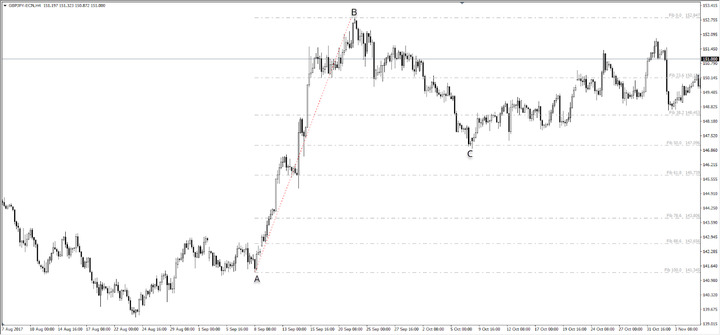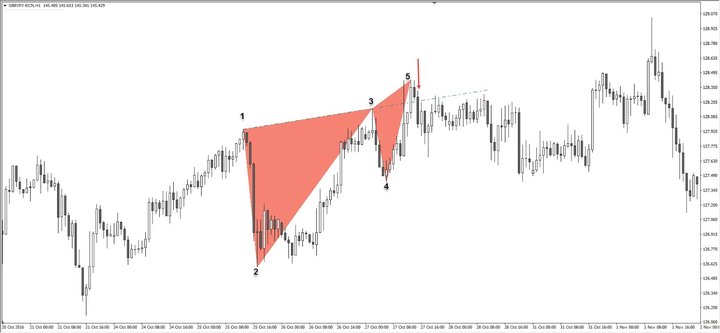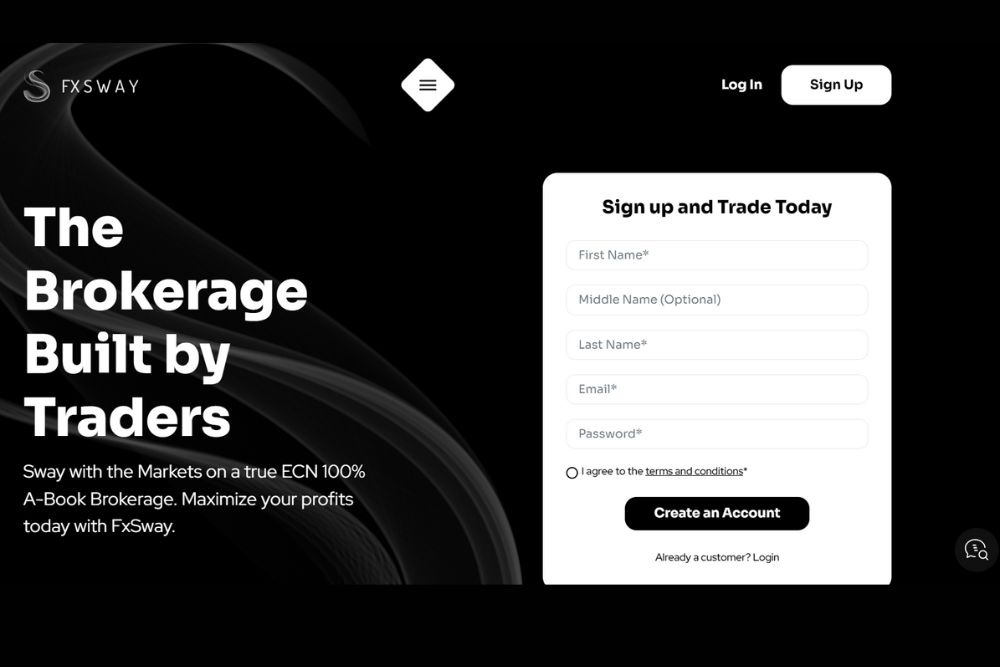Support and resistance are two respective levels on a price chart, apparently limiting the market’s movement range. You find the support level where the price stops falling and comes back on the rebound. Conversely, the resistance level is where the price usually stops rising, plunging back down. The levels are there as a product of demand and supply. Were there more buyers than sellers, the price would rise? Also, the price falls if there are more sellers than buyers.
The more frequently a price hits either level, the more dependable that level is likely to be in forecasting future price movements. It frequently happens that both levels are psychological barriers for those trading. They are given to buying or selling once a level is reached. This only bolsters the outcome. Learn about different types of trading markets.
In case a price nudges or breaks thru a support or resistance level but goes back quite swiftly, it is just testing that level. But in case ac price breaks through any particular level for a longer time period, it will possibly keep rising till another support or resistance level is found.
How do you identify support and resistance in forex?
There are a number of ways to identify support and resistance levels. Spotting these is easy enough. The importance of support and resistance levels lies in the fact that they can aid you in opting for the best time to enter a market, besides where to put your limits and stops. Let PrimeFin help you spot trends.
For identifying support and resistance indicators, retail traders look for the following:
- Historical price data
The most dependable source for identifying support and resistance levels is historical prices. It is vital to make yourself familiar with past patterns. You should be able to name them, should they reappear. Nonetheless, past patterns may have formed under diverse circumstances. They are not all that dependable;
- Previous support and resistance levels
You may use preceding notable support or resistance levels as markers for potential entry and exit points, besides future movement indicators. Major support and resistance levels are hardly ever precise figures. It’s not a given for a market to hit precisely the same price again and again before going back . it would be more exact to think of them as support and resistance zones. ;
- Technical indicators
Technical indicators or trendlines offer dynamic support or resistance levels that move as the chart develops. Diverse markets’ support and resistance levels will frequently be based on diverse factors. Therefore, developing the ability to pinpoint the levels that are going to affect a market’s price may be time-intensive. Therefore, it becomes vital to practice identifying support or resistance levels with the aid of historical charts.
How do you determine strong support and resistance? Or How do you know if support is weak or resistant?
To draw support and resistance lines, you will have to find them thru one of the methods outlined below:
- Peaks and troughs
To draw your lines with peaks and troughs, select the timeframe, identify the chart’s highest peak, and ditto with the lowest point. Each peak and trough will be marked. In case of a downtrend, the support level will be the lower-low peak. The lower high peak will signify the resistance level. On the other hand, in case of there being an upward trend, the support level will b the higher low peak and the higher-high peak will show the resistance level ;
- Support and resistance levels from a preceding timeframe
In case you are employing support and resistance levels from a preceding timeframe, go for a short timeframe. 15 minutes would do the trick. Subsequently, draw the levels from the one-hour and four-hour time frames on the 15-minute frame. In the event of the levels from the longer time frames looking similar to shorter time frame levels, these could be deemed strong support and resistance levels;
- Moving averages
The moving average indicator identifies support and resistance levels. The indicator is enabled, a diagonal line is drawn from the highest peak to the lowest one to check the trend direction. In case the trend line moves up, the moving average line will act as a support level and vice versa. Dynamic support or resistance has levels that change continually;
- Trend lines
When you use trend lines, you ascertain that you have a minimum of three paks and three troughs before you draw your lines. hence, you will have a usable trend line. Subsequently, once you have plotted the trendlines onto your chart, the support level will be your uptrend line. On the other hand, the downtrend line will be the resistance level. The levels are dynamic, just as it is with moving average support and resistance levels. Find more about Trend trading strategies.
You will have to bring together one or more of the above methods to set up the most precise support and resistance levels.
What is the importance of support and resistance in forex?
Support stands for the low level a stock price reaches over time. On the other hand, resistance stands for the high level a stock price reaches over time. Support is formed when a stock price plunges to a level that compels traders to buy. This purchasing leads to sad stock prices to stop dropping and start rising. On the other hand, resistance is formed when buying leads to a stock price to rise to a level that compels traders to sell. The selling leads to a stock price stopping rising and start dropping.
Employing support and resistance levels as a trading strategy is an elementary trading method. It may be used to manage risk and place stops. It may determine market conditions, and find the right entry and exit positions. The commonest trading strategy with support and resistance levels is buying/going long, with the price approaching the support level. The other scenario is the selling/going short when the price approaches the resistance level.
Nonetheless, traders do have to wait for confirmation that the market is still the trend follower.
Placing limits and stops below support and above resistance is a practice that comes recommended. It aids traders in closing a position swiftly in the event of the price breaking the levels of support or resistance. Prior to your placing the trade, think of your profit target and what would be an acceptable loss for you. Subsequently, decide upon your exit points close to the support and resistance levels.
Breakout strategy
With a breakout strategy, traders wait for the stock price to move outside either level. A breakout is not merely a slight movement beyond re-support and resistance levels. An abrupt, swift movement with rapid momentum characterizes it. Hereby, opportunities for profit are brought forth.
What happens when support and resistance meet? Or What happens when support becomes resistance?
Support can turn into resistance and vice versa. When the price breaks below a support level, the broken support level becomes resistant. Here, the forces of supply have overpowered the forces of demand. When the price comes back to this level, there is every potential for supply increase and resistance.
On the other hand, resistance can start working as support. When the price advances above resistance, it marks supply and demand changes. The breakout above resistance finalizes that the forces of demand are superior to the forces of supply. When the price returns to this
level, there’s every possibility of there being an increase in demand.
Trading ranges to aid in determining if support and resistance work as continuation patterns or turning points. A trading range is a time period when there is price movement inside a largely tight range. Here, the forces of supply and demand are precisely balanced. Out of the trading range, a break above is a win for the bulls, while a break below is a win for the bears.
Which indicator is best for support and resistance? Or How do you indicate support and resistance?
Fibonacci support and resistance
Fibonacci retracement numbers are used to point out targets and entry points during trending markets. They signal the reversal points where traders can find entries during a trend retracement. You plot Fibonacci levels from top to bottom or left to right.
In the hypothetical chart,
Point A would be the swing high; Point B would be the swing low; Point C would be where the retracement has possibly ended, and a new trend movement may start.
In an uptrend, therefore, you plot Fibonacci levels from bottom to top.
In the hypothetical chart
Point A would be the swing low; Point B is the swing high; Point C is where the retracement possibly ends, allowing a new trend movement to start.
The Fibonacci expansion/projection support and resistance trading strategy could offer possible levels for taking he profit once the currency movement’s starting point has been tested already. The price naturally keeps trading in the same direction.
Wolfe Waves
Another good contender for the best indicator is the Wolfe Waves.
Patterns categorized under Wolfe Waves are natural and dependable reversal patterns, found in all timeframes and markets.
The five-wave pattern
The pattern is made up of five waves with supply and demand-oriented towards an equilibrium price.
Wolfe Waves generally develop on all time frames. They forecast where the price is headed, and when it could get there. If spotted correctly, Wolfe Waves may have the underlying security’s scope or equilibrium price. These may also anticipate price reversals that could possibly cause major price movements.
Importantly, the support and resistance indicator identifies the current trendline. There are a minimum of four touchpoints. The trader gas to locate a clear break of this trendline. Mindful that market reversals take place just 20 % of the time, the last high low has to be challenged
The current trend line becomes a diagonal support/resistance line that you use to pinpoint the entry point.
Wolfe Wave traders differentiate between two types of waves – strict waves and modified waves.
If we look at strict Wolde Waves, they are charted using these rules: waves 3-4 have to stay within the channel made by waves 1-2; waves 1-2 and 3-4 are equal; wave 4 is between waves 1 and 2; the trendline created by waves 1 and 3 is exceeded by wave 5.
Is support and resistance reliable in forex?
The reason behind support and resistance efficiency is simply that these levels reflect market prices in the place the most market activity takes place. When markets are in an uptrend, some long-position traders are near to closing those trades. Main market players employ pending orders to secure the planned profit.
To find the ideal price at which the trade can best be exited, traders examine previous support and resistance levels. In the event of enough bulls closing their positions at a particular price, an uptrend ends, and reversal begins. This makes for a level of resistance. The other way round gives the downtrend.
Conclusion
Support and resistance aid traders in identifying trends in the forex market. This does not translate into the asset never going beyond a support or resistance level. An asset price can always climb or descend. These strategies are useful, but more so in conjunction with other instruments. Reach out to PrimeFin for cost-effective trading. Read our PrimeFin review.










